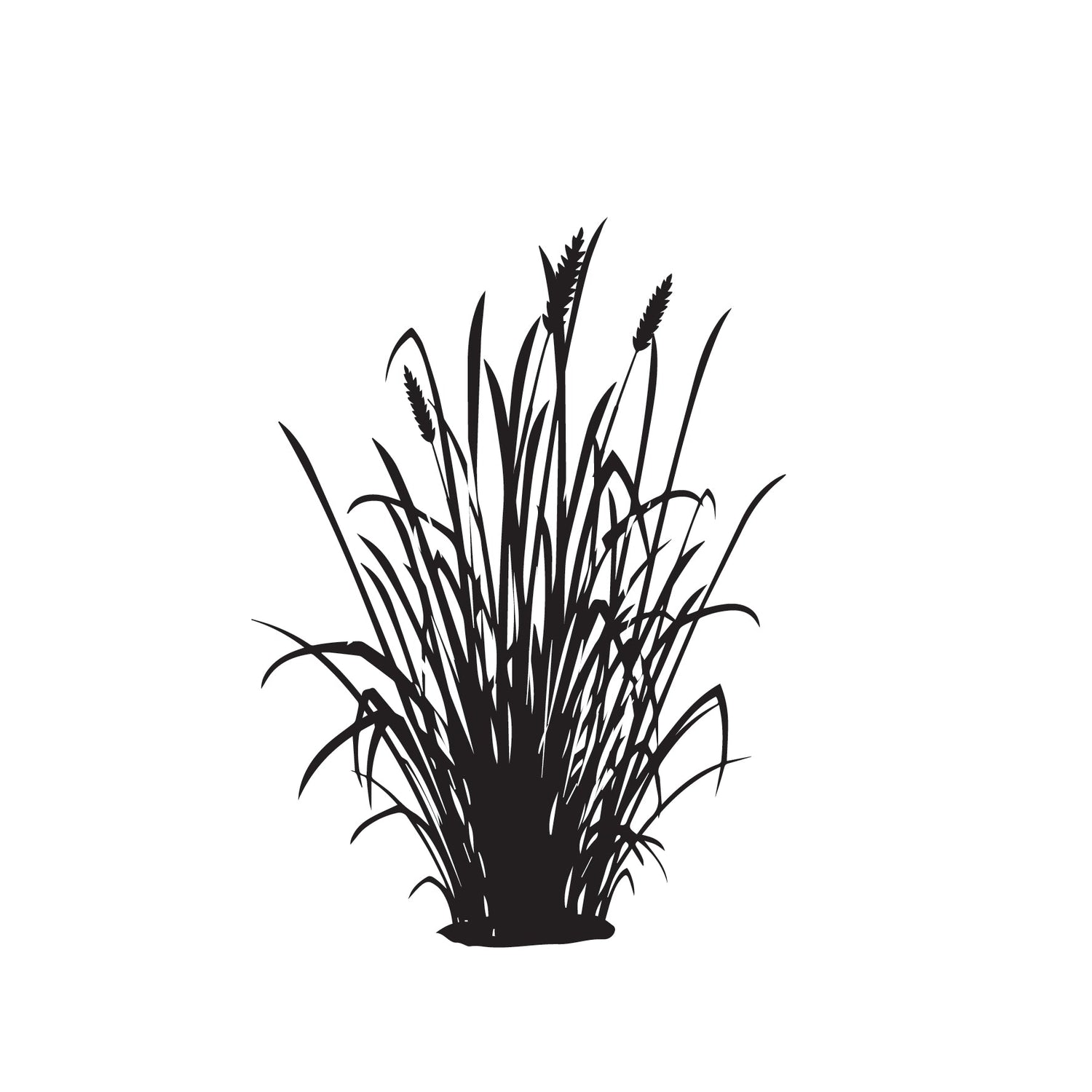Mastering Mass Planting with NZ Flax: A Guide to Ecological Benefits and Aesthetic Brilliance
Share
When it comes to landscaping on a grand scale, few plants rival the versatility, resilience, and aesthetic appeal of New Zealand flax (Phormium spp.). Whether you're looking to create bold, sweeping statements in your garden or enhance ecological diversity, mass planting flax is a strategic choice. This blog explores why and how to mass plant NZ flax, highlighting its ecological benefits and its role in creating visually stunning landscapes.
Why Choose NZ Flax for Mass Planting?
- Dramatic Foliage and Architectural Form:
- Variety in Colors and Textures: NZ flax offers a wide array of foliage colors ranging from vibrant greens and blues to rich burgundies and variegated patterns. This diversity allows for dynamic color combinations and contrasts in mass plantings.
- Bold Presence: The upright, sword-like leaves of NZ flax create a striking architectural presence in the landscape. Whether planted in formal rows, clusters, or drifts, flax stands out and defines spaces effectively.
- Adaptability and Resilience:
- Tolerance to Various Conditions: NZ flax is adaptable to different soil types and environmental conditions. It thrives in full sun to partial shade and is tolerant of coastal conditions, making it suitable for a wide range of landscapes.
- Low Maintenance: Once established, NZ flax is relatively low maintenance, requiring minimal watering and pruning. This makes it ideal for large-scale plantings where efficiency and longevity are priorities.
- Year-Round Interest:
- Evergreen Foliage: NZ flax provides year-round interest with its evergreen foliage, ensuring visual appeal even during winter months. This continuity enhances the landscape's aesthetic and structural integrity.
How to Mass Plant NZ Flax:
- Site Selection and Preparation:
- Sunlight and Soil Requirements: Choose a site that receives ample sunlight and has well-drained soil. Prepare the planting area by loosening the soil and incorporating organic matter to improve drainage and fertility.
- Spacing and Layout:
- Spacing Guidelines: Determine the spacing between flax plants based on the mature size of the chosen variety. Typically, plants should be spaced 2-3 feet apart to allow for sufficient growth and density.
- Layout Considerations: Plan the layout of flax mass plantings to create visual interest and flow. Consider naturalistic drifts, formal rows, or irregular groupings depending on the landscape design and desired effect.
- Planting Technique:
- Digging Holes: Dig planting holes slightly wider and deeper than the root ball of each flax plant. This ensures ample space for root growth and establishment.
- Planting Depth: Position each flax plant at the same depth as it was in the nursery container, ensuring the top of the root ball is level with the soil surface.
- Maintenance and Care:
- Watering: Water newly planted flax regularly to help establish roots. Once established, flax is drought-tolerant but may benefit from occasional watering during dry periods.
- Mulching: Apply a layer of mulch around flax plants to conserve soil moisture, suppress weeds, and moderate soil temperature.
- Pruning: Trim dead or damaged leaves and spent flower stalks as needed to maintain plant health and appearance. Annual pruning helps promote new growth and rejuvenates the planting area.
Benefits to Ecology:
- Soil Stabilization: The robust root system of NZ flax helps prevent erosion, particularly on slopes or disturbed soil areas.
- Wildlife Habitat: NZ flax provides shelter and nesting sites for birds and beneficial insects, contributing to local biodiversity.
- Pollinator Attraction: The flowers of NZ flax attract bees and butterflies, supporting pollination and enhancing ecological balance in the landscape.
- Water Quality Improvement: By reducing runoff and sedimentation, flax contributes to healthier waterways and aquatic ecosystems adjacent to mass plantings.
Mass planting NZ flax offers a multitude of benefits, from creating visually captivating landscapes to promoting ecological resilience and sustainability. By carefully selecting varieties, planning layouts, and maintaining proper care practices, you can harness the full potential of NZ flax in your garden or landscape design. Embrace the beauty, versatility, and ecological value of mass planting with NZ flax, and transform your outdoor spaces into vibrant and harmonious environments.





